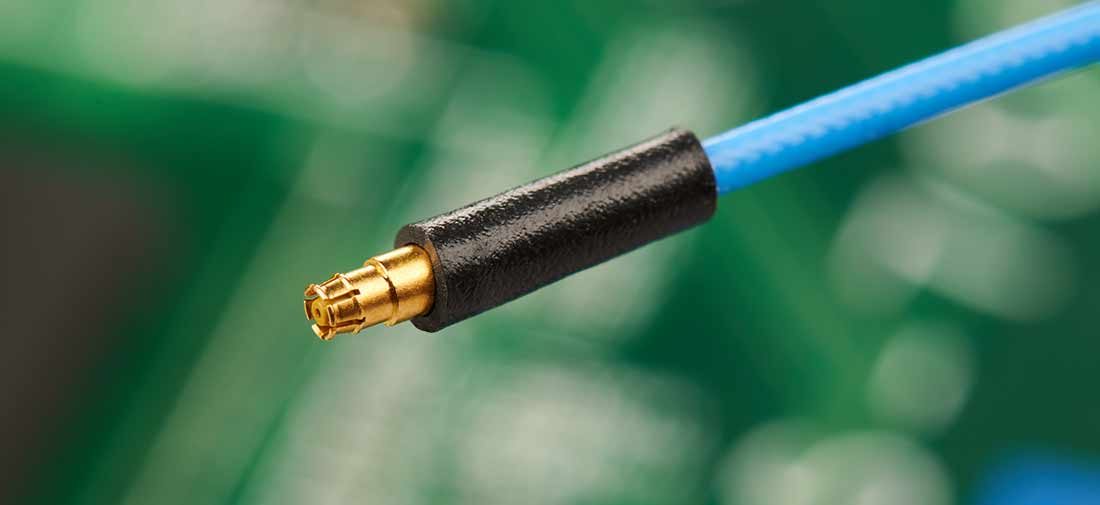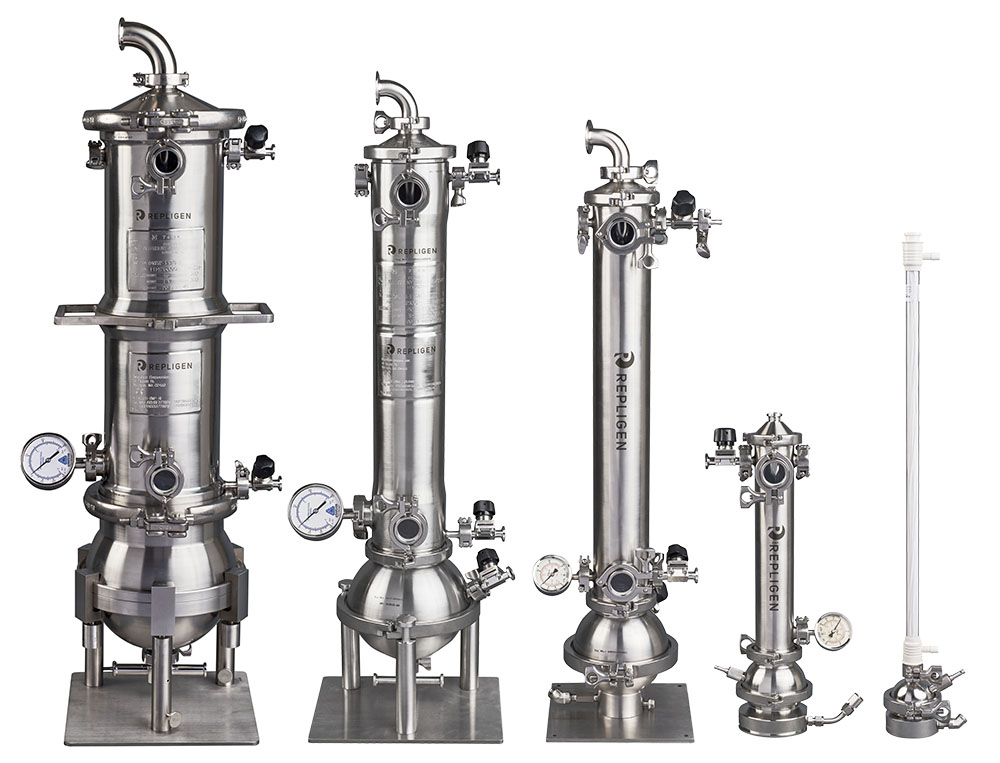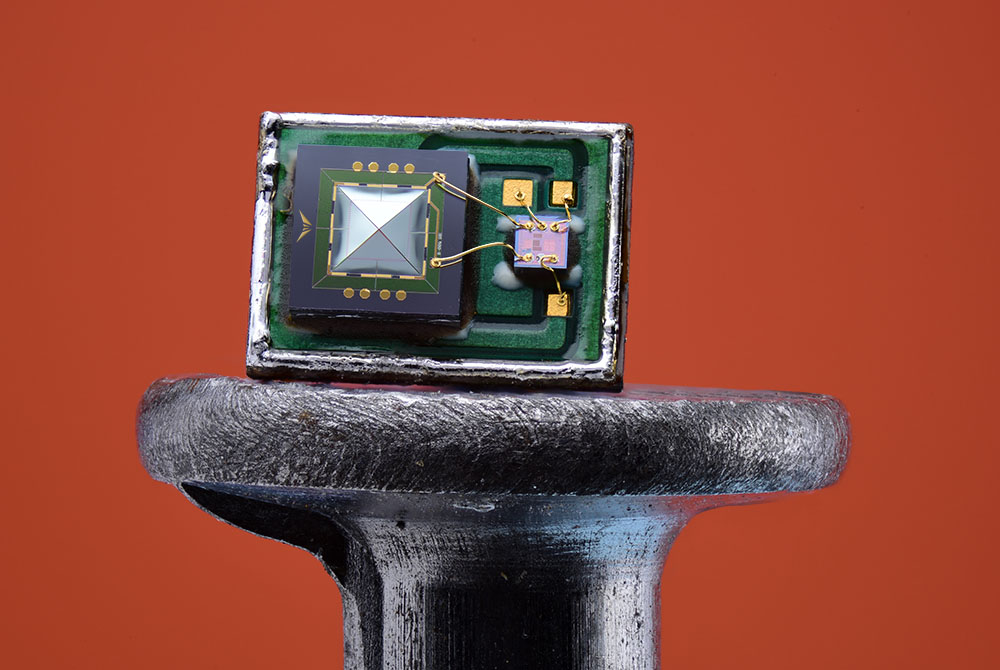Art for the Start(Up) … Selling a Product with Photography
Differentiating A Product With Photography
One question I get a lot from my clients is “how can I differentiate my product using your photography? What makes your work special?”
This is often followed up with:
“The photography I have right now, is just… well… okay.”
“The problem is that it looks like [insert name of major retailer]. It doesn’t differentiate me from them. And, they are killing me on price, turn around, etc. The big difference is that my [product] is custom made for my client. Not manufactured on a machine somewhere else…”
Not an uncommon question!
I had this conversation recently with two companies, one was a bio tech startup out of Cambridge, the other was a ceramics artist in Jamaica Plain.
It is interesting that they both have the same complaint about their marketing!
The good news, for both of them, is that they are actually looking at their marketing tools critically and figuring out what they are saying to their end clients.
Start Differentiating by Photo Use
Product photography gets used in 3 major ways:
- Website catalogs or printed catalogs
- Stand alone marketing pieces: brochure covers, direct mail, eblasts, investor relations
- Press releases, editorial (magazine/blog) pieces.
In each case, the style of the photograph, production value, and creativity behind the shoot is driven by the audience, the marketing message and how much that image needs to “earn” in its lifetime.
Hmm.. sounds like “Market Speak” is starting to sneak into this discussion a bit…
Measure the Results
It is actually pretty simple.
If the photograph we are creating isn’t going to be used in a way that will drive traffic to your web site and/or help people decide to buy or invest in it, then we need to rethink the photo immediately!
For example, a bio health equipment company hired me to create an image of their newest piece of equipment for their marketing program.
This laboratory measuring tool was still a prototype in the testing phases.
However, they needed to show investors and potential customers that they were taking the r&d seriously enough to think about how it would look in the market place.
The great part about this shoot, for them, is that they can keep track of the earning potential of the image by how many potential investors pull out their check book after seeing the sell sheet.
The hardest part of the pre planning for any photoshoot is often in helping my client decide why we are creating the image.
Most of the time, one image does not fit every marketing need. And, compromising to make it fit every need often dilutes your marketing efforts.
So, think about what your potential customers see when they look at your web site, brochure or tradeshow booth. What kind of image would help them to understand your product and what it does for them better? What would help them make the decision to buy the product?
That’s the photo shoot we should be talking about!
Related Stories from the Studio . . .
So you have a tiny product in need of photography? Yes, we can do that! Here's what we did for East Coast Microwave and their new Nano RF Coaxial Assembly!
Biotech product photography needs to appeal to a very select audience - engineers!
Creating action photography for products helps your customers better understand what your product does and how it helps them solve their problems.
Nailed the macro product photography!



